|
It feels like menopause is a bit of a secret society (except no one wants to join it!) and often implied or talked about in hushed tones. I certainly never recall my mum talking to me about it, and all I ever remember learning about menopause was that it was when your periods stopped, and you no longer ovulate. If only it was that simple! Perimenopause is the preceding years before menopause when many symptoms start to appear. This can last for up to 10 years. It’s natural to expect that every woman has a different experience through perimenopause and menopause, but for many it can be a stressful and challenging life phase – made more so by the fact that it hits many of us by surprise and the cultural stigma around this topic. So, here’s a few things I’ve noticed during my perimenopause journey and some of the ways I’ve coped during this time. Things I didn’t know about perimenopause until it hit me: -How hot you get with a hot flush! Yikes, those things are FULL ON! -The relationship between anxiety, depression, mental health and perimenopause -Waking up with stiff muscles and joints -Heavy periods -Loss of libido -How long it can last (5 years and counting….) -Sleep disturbances These things are just what I’ve noticed. Many women also experience symptoms such as brain fog, incontinence and skin changes. There are also broader health conditions associated with menopause which can start to show up during this time. This includes osteoporosis, osteopenia, inflammatory conditions, cardiovascular issues and an increase in muscle, tendon and ligament injuries (eg, plantar fasciitis and hip tendonopathy). How I’ve managed during perimenopause. The following is what I’ve done and what found to be helpful – it may not work for you, but then again maybe it will! See a health professional When I first started feeling the symptoms of perimenopause, I was so confused. I remember thinking “I’m only 43, how can this be happening already?” The certainty of my monthly cycle was no longer there, and I felt disjointed and adrift. Not to mention irritable, anxious, moody and not sleeping well! Going to see a councillor was really beneficial and we worked together on strategies which helped improve my mental health. My periods - when I got them - became longer (I’m talking 3 weeks!) and heavy, so I saw my GP who referred me to a Gynaecologist and I’ve now got a Mirena IUD. This has (pretty much) stopped my periods and has made life so much easier! My iron levels were also low (partly in thanks to those massive periods), so I decided to see a Nutritionist & Naturopath. She looked into my gut health which prompted me to make some major changes to my diet (no gluten). This has resulted in a big improvement on my energy levels and other respiratory symptoms I was experiencing. Exercise I’ve made a conscious effort to set time aside for regular exercise. Pilates helps with my core strength, balance and mobility; walking with friends provides weightbearing exercise (great for my bone strength), socialising plus the benefits of being outside which is great for my mental health; and I’m now adding in extra resistance training to help prevent the bone loss that come with menopause. Riding and skiing make me happy so I get out in the hills when I can! Other helpful strategies Educate yourself Learn about how you can manage your symptoms, be proactive, speak to health professionals, get a second opinion if you think you need it, and take an active interest in your health and wellbeing. Chat to your friends, read, and listen to podcasts on the topic. There is so much information available. Be kind to yourself and have a sense of humour Menopause is a BIG change, and it can be a real rocky ride through perimenopause to get there. Added to this, there’s often other pressures with family (teenagers, ageing parents & relationship challenges) and work. Go easy on yourself, try and find the good parts (or at least, the funny ones!) Personally, I’m still riding the peri-rollercoaster, but I'm also enjoying the wisdom that this time of my life is bringing. I’ve got much greater perspective and I am better at prioritising my health needs - and have reaped the benefits of doing so. The self-reflection I’ve done in recent years, has given me greater confidence and I’m looking forward to what this phase of my life will bring. I’d love to hear your peri and menopause story. What has helped you? What hasn’t? By sharing our stories, we share the collective knowledge, reduce the stigma that surrounds perimenopause and menopause, and pave the way for better understanding and awareness of this important phase of a woman’s life.
0 Comments
Obviously, if you’re reading this you are breathing, but are you breathing well? We begin life breathing deeply using the diaphragm muscle to initiate inhalation and exhalation. Often, at some point we lose this ability and start using accessory breathing muscles, such as those around the upper chest, neck and shoulders, which is something I see often in the Pilates Studio. The benefits of diaphragmatic (deep belly) breathing include: ✨ Improved core strength and connection - did you know that the diaphragm is one of our deep core muscles?? ✨ Better pelvic floor function, as the pelvic floor and diaphragm are designed to work in synergy. ✨ Less tension in the neck, shoulders, jaw and abdomen ✨ Activation of parasympathetic nervous system (rest & digest) and all that this encompasses (better sleep, mood, reduced stress) Shallow, accessory muscle breathing can cause: ✨ Neck pain ✨ Shoulder tension ✨Stiffness through ribs and thoracic spine, leading to decreased mobility ✨ Feelings of anxiety ✨ Jaw tension ✨ Poor sleep These are some of the reasons I cue the breath when teaching Pilates. Breathing slowly, with control AND through the nose whenever possible has many (MANY!) additional physiological benefits. Clients often tell me one of the most confusing things about an initial Pilates session is remembering when to breathe in and when to breathe out! - Firstly, just make sure you’re breathing 😂 Seriously, there’s no need to hold your breath, brace or bear down during Pilates. - Our inhale and exhale can help facilitate certain types of movement. An exhale will make it easier to recruit deep core muscles, including pelvic floor, and will encourage stability of the pelvis and lumbar spine. It is also often what we intuitively do when we move our spine into flexion (or rounding the spine forward). - Meanwhile, an inhale can help facilitate opening the chest and front of the body and is intuitively what we do when we move the spine into extension (think about how you may breathe in when you reach your arms up overhead). - Many of you will know that I cue an exhale more commonly (even with extension) as it is often easier to find the support from our core muscles with an exhale breath. (Remember from my earlier post, the diaphragm is a core muscle and works in synergy with transverse abdominus and pelvic floor) - But……there’s always going to be exceptions and a wise person once said “The breath is a tool, not a rule." (Brent Anderson, Polestar Pilates founder). - If you have been doing Pilates (or Yoga) for a while, I encourage you to experiment with different ways of timing your breath with your movement, noticing any changes that occur as a result. - If you are new-ish to Pilates and are finding all this inhaling and exhaling confusing, another wise person once said “When in doubt, breathe out” (me 😂) I'd love to hear your thoughts and experiences with your breathing and if you've noticed any changes or connections with your breath and movement.
And, if you are interested in delving a little deeper into some of the physiological and psychological aspects of breathing, I would recommend you read "Breath" by James Nestor - I have a copy in the Studio if you'd like to flip through it. So glad you asked! There's a massive range of Pilates classes available now, and it's fabulous to know there's a class for everyone these days! Sometimes, trying to figure out the difference can be daunting so here's my quick guide to what's on offer at Mountain Pilates to help you out! All our Pilates classes, integrate breath, flow, alignment, control, spine articulation and whole-body movement into the class. These Pilates principles and details are what sets Pilates apart from other types of movement and fitness classes. Reformer Combo Classes This is a group Pilates class combining the reformer, small equipment and mat. It's an excellent blend of group reformer and mat class - you get to experience the support and challenge the reformer offers without missing out on your favourite mat and small equipment exercises! At Mountain Pilates, these classes are capped at a maximum of 6 participants, giving you the group class experience while ensuring you don't get lost in the crowd! Studio Pilates (Private and Semi-Private) Studio Pilates classes can be taken in a private or semi-private (maximum of 3 participants) setting. Studio Pilates classes use the Pilates equipment (reformer, trapeze table and wunda chair), and are tailored to your individual needs and goals. With the unique design of the Pilates equipment and a qualified instructor you will receive a whole body movement experience that both supports and challenges you. Each person has an individual program which is done under the support and guidance of their instructor. Perfect for anyone with an injury or with specific movement needs and goals. All participants start with several private sessions which gives us the opportunity to discuss your goals and design and deliver an individual program while also ensuring you are comfortable and safe using the Pilates equipment. Mat Pilates Mat Pilates is a group Pilates class (surprisingly, on the mat!) of up to 8 people. The exercises are done lying, sitting, kneeling and standing as we flow and progress through class. We often use props such as bands, rollers and balls to add support and challenge. Many of the exercises can be modified to accommodate the individual, but these classes are generally better for those of you without injury. A weekly Mat class is excellent for those wanting to maintain their general strength, mobility and balance in a larger group environment. Online Pilates – Pilates Anywhere, Anytime
Joining an online Pilates class gives you the flexibility to do a class wherever and whenever you wish. Online Pilates is perfect when you can’t get into the studio, would like to add a second (or third) class to your week, or simply just don’t live nearby! I have a massive range of classes in the Mountain Pilates Online Library (over 50) which vary in length and challenge. Some are themed around cycling, skiing or hiking and many are post-natal and osteoporosis friendly. There are several free classes you can join, or you can purchase a single class, class bundle or become a member and do any class you wish! The start of a new year is often a time where we set goals and intentions for the next 12 months (or longer), but it’s a common to struggle to stay consistent and so easy to slip back into old routines and habits. I am speaking from personal experience here, but I’m pretty sure I’m not the only one who finds the challenge of creating new habits all too real!
Each year I reflect on the year that’s past and set goals for the upcoming year (you can read about this here). But, after a few weeks I often find myself struggling with new habits and then just give up. Does this this happen to anyone else? Last year, I read Atomic Habits by James Clear and have taken away so much great advice! Here’s a short summary of tips you can implement to help a habit stick - with some Pilates related examples. So, if you are looking to create some better habits and routines, keep the following tips in mind. 1. Make it easy and obvious
2. Notice your current habits, and sneak in the new one
3. Make it fun and rewarding
4. Aim Small (yes, really!)
5.Don’t miss twice
If you are interested in finding out more on changing habits (creating new ones or breaking old ones), I highly recommend the book Atomic Habits by James Clear. I have a copy in the Studio you are welcome to browse through, or you can read more here. https://jamesclear.com/atomic-habits-summary Do you have any tips that work for you? I’d love to hear them. Top Tips to Loving Your Feet We all need our feet to work well – in fact poor functioning feet often create injuries or strain further up the body in the knees, hips or spine. We ask a lot of our feet – for us to move well on our feet we need them to be both strong and supple. I know you are thinking “How do I find the time to treat my feet?” Well, I have a few hacks and tips that are easy to fit in with your day-to-day life, and some of them just require making a small change to something you already do. Below, you’ll find some of my top tips to better foot health. 1.Go barefoot whenever you can. Going barefoot strengthens the muscles within your feet. Plus, if you learn to walk on a variety of surfaces and textures, you will wake up the sensory receptors in the sole of our foot. 2.Decrease (and then ditch) your heels. When you can’t go barefoot, decrease, then completely ditch your heels (this includes shoes like runners and boots which often have a low heel). Wearing heeled shoes changes the mechanics of your whole body, and can lead to tight calves, hip flexors and lower back. 3.Wear shoes that allow your toes to wiggle and have a flexible sole. Toes that can move and spread out will improve our balance and spread load through more of the foot. Shoes with a flexible sole will move and adapt with the terrain and the movement of our foot, making it stronger. 4.Vary the terrain you’re spending time on. Humans have evolved moving on uneven ground and our foot should be able to adapt to different terrain – rocky, smooth, soft, hard. The next time you go for a walk, try adding texture by walking on grass, rocks, walk up down and across slopes and notice how your body responds. This will build strength in the smaller muscles of your feet as well as providing sensory information to your brain. You could even make a ‘rock mat’ like the one below. I have one of these at my back door which means I walk on it multiple times every day. 5.Mobilise your feet. Use a spiky ball, your hands, get someone to treat you to a foot rub whenever you can. Tip – walking on a rock mat gives your feet a little massage! 6.Strengthen your feet. Add some specific foot strengthening exercises like toe lifts and towel scrunches, or even just wiggle your toes whenever you think of it (like right now!!). A set of toe spacers is also one of the easiest ways to improve toe and foot strength. If you are after more ideas to keep your feet happy, I’ve filmed a short online class with some simple exercises you can try right now. You can access this class for free by clicking the button below. And, if you would like to know more, join me for my upcoming workshop and mat class “From The Ground Up” on Sunday June 26th which is dedicated to mobilising, strengthening and building awareness of your feet. This workshop is ideal for hikers, runners, skiers, those who are on their feet for long periods and is suitable for all abilities. I’m excited to be taking pre-orders for another batch of Mountain Pilates clothing! I’ll have two super warm & cosy fleece lined hoodies to choose from, as well as the French Terry jumpers & hoodies, long sleeve top, t-shirts and singlet, with a few new colours and a slightly different design from last year. As with last year, these will only be available for pre-order – I will not be holding any extra stock. The fleece hoodies are super warm and cosy and the T-shirts so comfortable for Pilates and everyday wear! All these tops are from ASCOLOUR and are all excellent quality. You can place your order with me at the studio, or click below to email me your order. Top: Women's Premium Hoodie - French Terry. Available in Rose and Navy (not pictured) $80 Bottom: Womens' Stencil Hoodie - Fleece Available in Berry $85 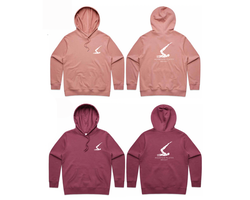 Men's Stencil Hoodie - Fleece Slate Blue with WHITE PRINT $85 Women's Premium Crew Jumper - French Terry. Available in Sage and Musk $75 Top: Women's Sunday Singlet Available in Navy $35 Bottom: Women's Dice Long Sleeve Top Available in Navy $40 Women's Mali T-Shirt Available in Navy, Sage & Light Blue $35 I need to get these orders to the printers ASAP, so I can get them all out to you!
Orders must be in by June 22nd! Studio Pilates can often come under the name Clinical or Small Group Pilates depending on what type of teacher training the instructor has done. These classes use of the Pilates equipment and typically have a maximum of 4 clients per instructor. With the unique design of the Pilates equipment and a qualified instructor you will receive a whole body movement experience that both supports and challenges you. Each person has an individual program which is done under the support and guidance of their instructor.
Studio Pilates is suitable for a huge range of people - from those rehabbing an injury to elite athletes. Or you may have a condition that has certain movement requirements (such as osteoporosis or pregnancy) or simply wish to delve deeper into your body and explore the profound difference Pilates can make. Regardless of your reasons for doing Pilates, you will find it’s unique focus on postural and stabilising muscles provides an excellent way to both support and challenge your body. To get started with Studio Pilates, we begin with an individual assessment and at least two private classes. This gives us the opportunity to discuss your goals, then design and deliver a tailored program that is specific to your goals and needs. It also ensures you are comfortable and safe using the Pilates equipment. If you'd like to find out more how Pilates can help you, get in touch with Anne from Mountain Pilates here. Switching from our regular classes to online Pilates can be daunting (for both of us!) Continuing to move and staying connected are vital for our physical and mental health. Following these tips to set yourself up for success with your online Pilates classes can make everything easier:
Please know that I am new to all of this too and welcome any feedback from you. Please be honest!! Do you set intentions for the new year? I have to admit - I have tried in the past but given up after finding it incredibly hard to stick to whatever lofty goal I decided on!
A couple of years ago, I came across the idea of first reflecting on the year that was (other than just to be glad it’s over!!) before setting any new year resolutions or intentions and this has been a much more successful process. This has helped me unpack and discover what had been preventing me from achieving previous resolutions. The new year is a perfect time to clean the slate and ‘start fresh’. But, to do this in any meaningful way we need to first take the time to review and reflect on the year that has passed. What went well? What didn’t? What were some unexpected delights? Challenges? This is no easy task, but I have found it so valuable for making lasting change. I highly recommend this for anyone who may be feeling stuck and about to make the same New Year resolution as last year. These questions came from a podcast I follow with Katy Bowman of Nutritious Movement. If you'd like to listen to her and her co-host's reflections and intention setting for some inspiration, have a listen to this episode. Completing and Remembering the Previous Year
Creating a New Year
So this summer, take the time to pause, reflect and review so you are better equipped to set yourself some powerful, relevant intentions for 2020. Here's to a fabulous year! x It’s no secret I love using the foam roller – it’s a regular addition to many of my Pilates classes, and such a versatile and inexpensive piece of equipment. But if you are new to the idea of using a foam roller or haven’t used yours recently here’s 4 good reasons to give it a go! Soft tissue release / massage. Slowly rolling various areas over the foam roller is an excellent way to give yourself a massage, ease muscle tension and aid in recovery after activity. Great places to start are the thighs, calves and upper back. Improve mobility and flexibility. Using the roller as a prop can assist with deepening a stretch (for example the hip flexor stretch picture below). And, the snow-angel stretch on the roller would have to be almost everyone’s favourite! Add challenge. The unstable surface of the foam roller means it is a fabulous way of adding stability challenges to the standard Pilates repertoire. Almost every exercise traditionally done lying on your back can be done lying on a roller – a sure fire way to get your core burning! And it doesn’t end there, placing it under your feet or hands while doing planks will take them to a whole new level! Facilitate movement. I love using the foam roller to assist movement. For example when doing the thoracic rotation exercise Thread the Needle, using the roller assists deepening the rotation element. If you’d like more tips and tricks for using your roller, come along to my specialised class all about the foam roller on October 12th. In this extended class, we’ll be using the roller to creatively release tension, add challenge and build awareness. You will leave feeling like you’ve worked, stretched AND had a massage! Sound like just what you need?? Simply email me here or give me a call on 0419 340 190 to book in. Places are limited so make sure you get in quick! |
AuthorAnne, Pilates Instructor and owner of Mountain Pilates Archives
May 2023
Categories |
|
© Mountain Pilates 2021 | Bright - Victoria | Australia | Terms and Conditions | Privacy Policy | Contact Us
|
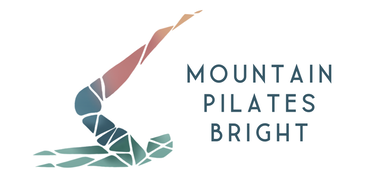
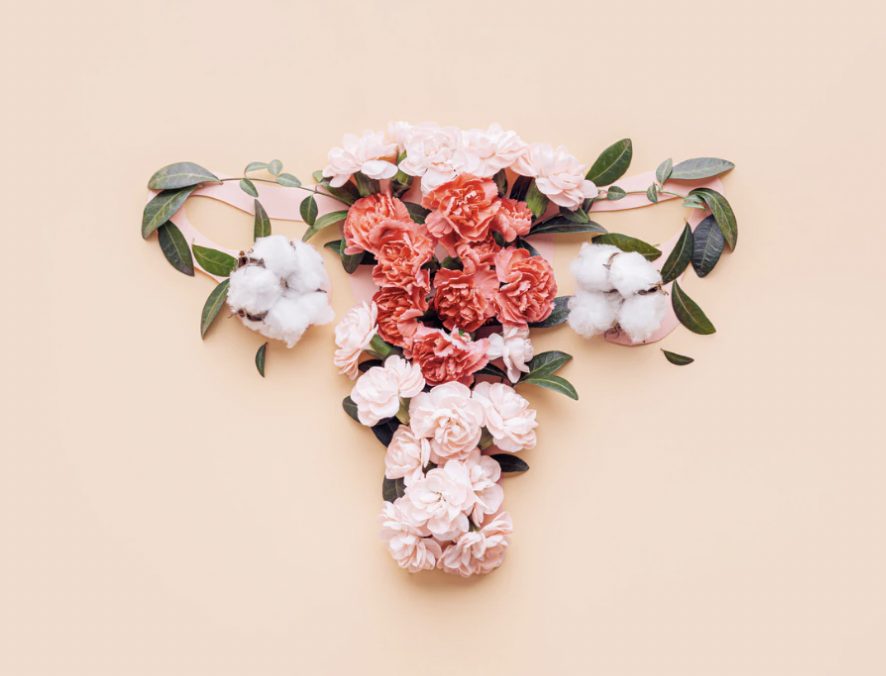

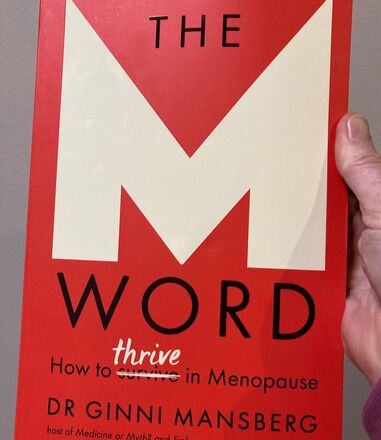

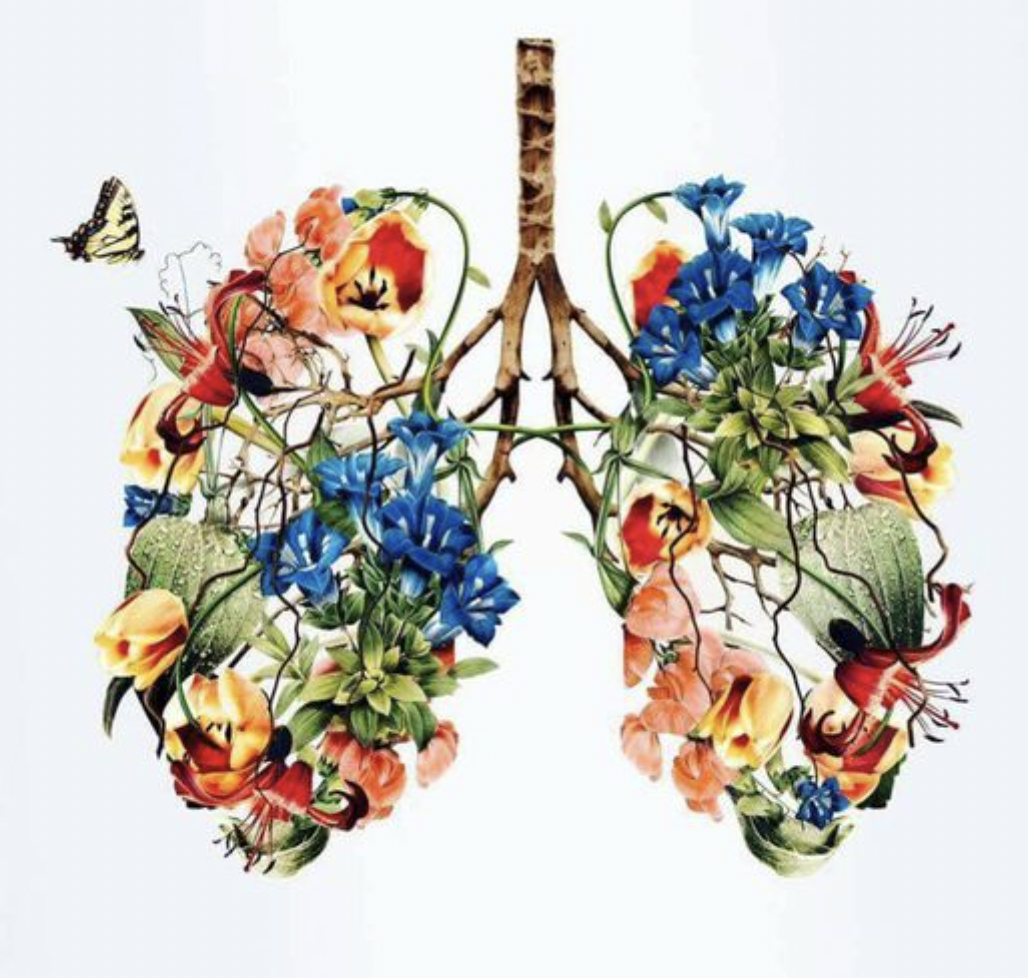

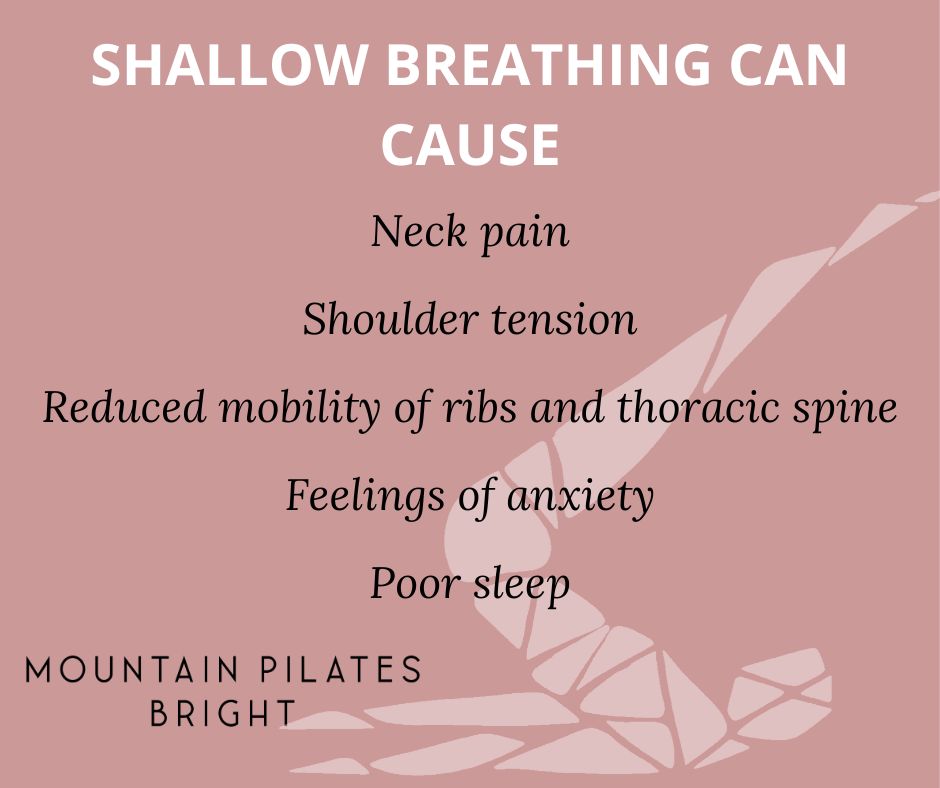
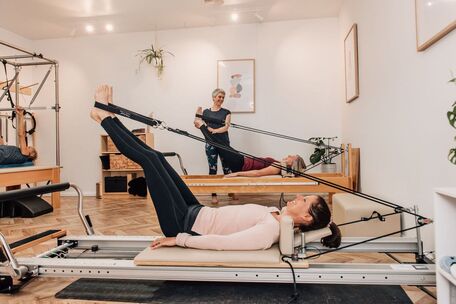
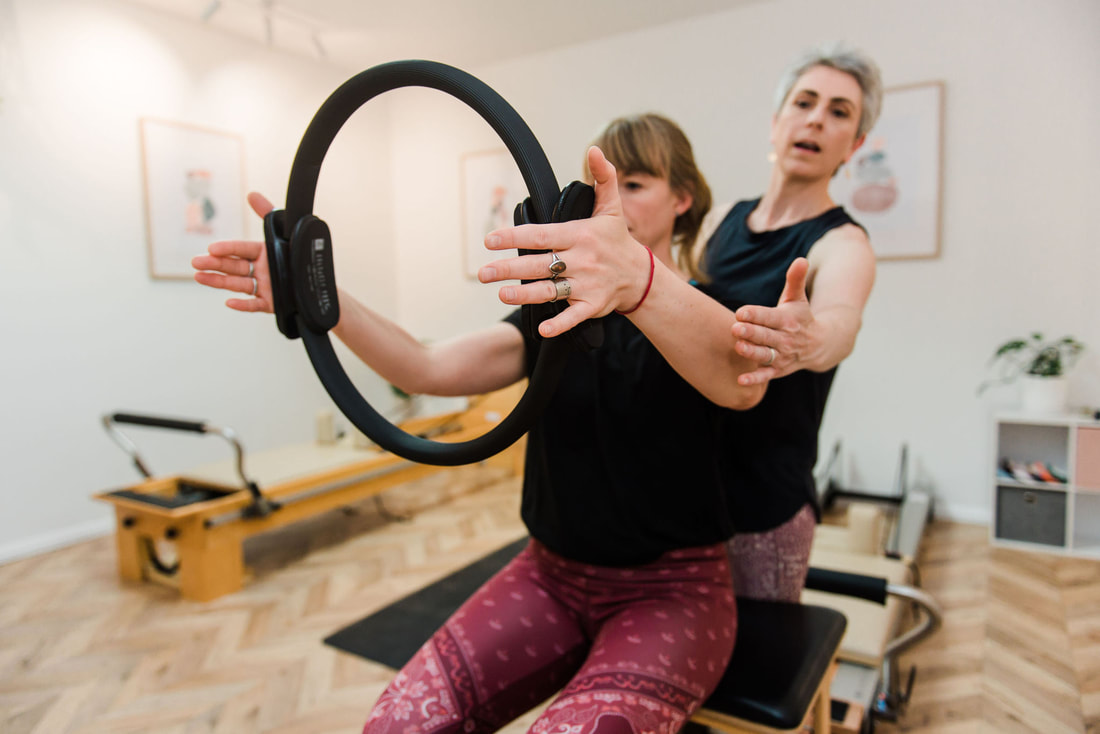
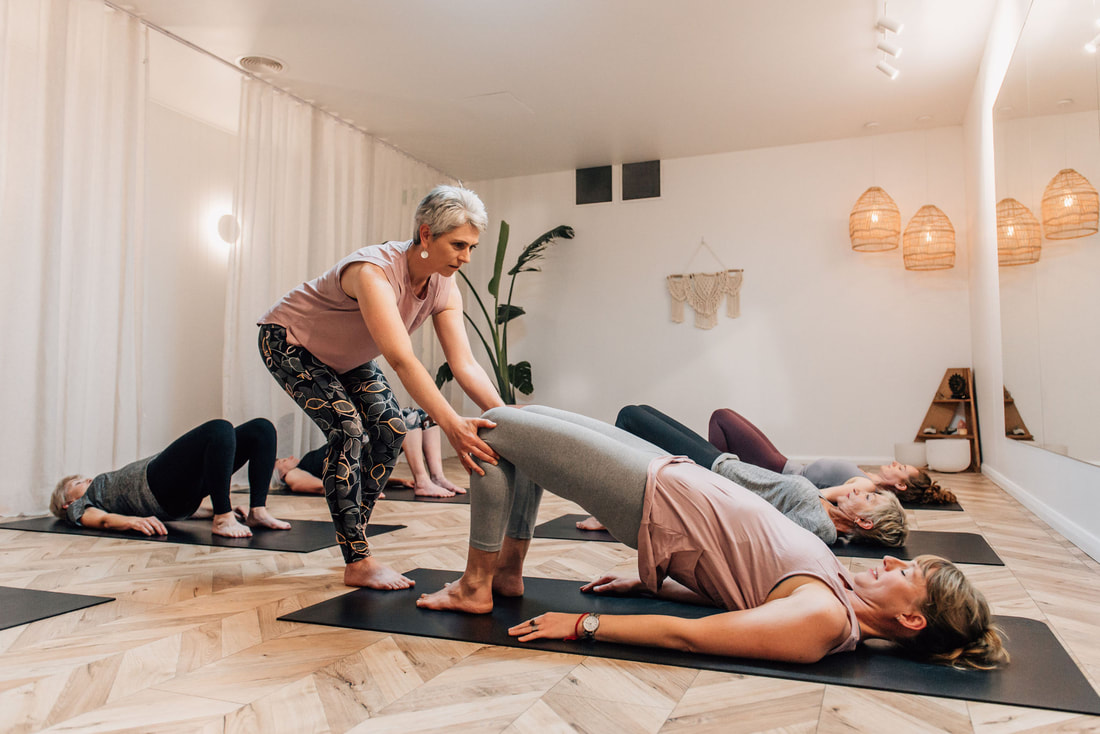
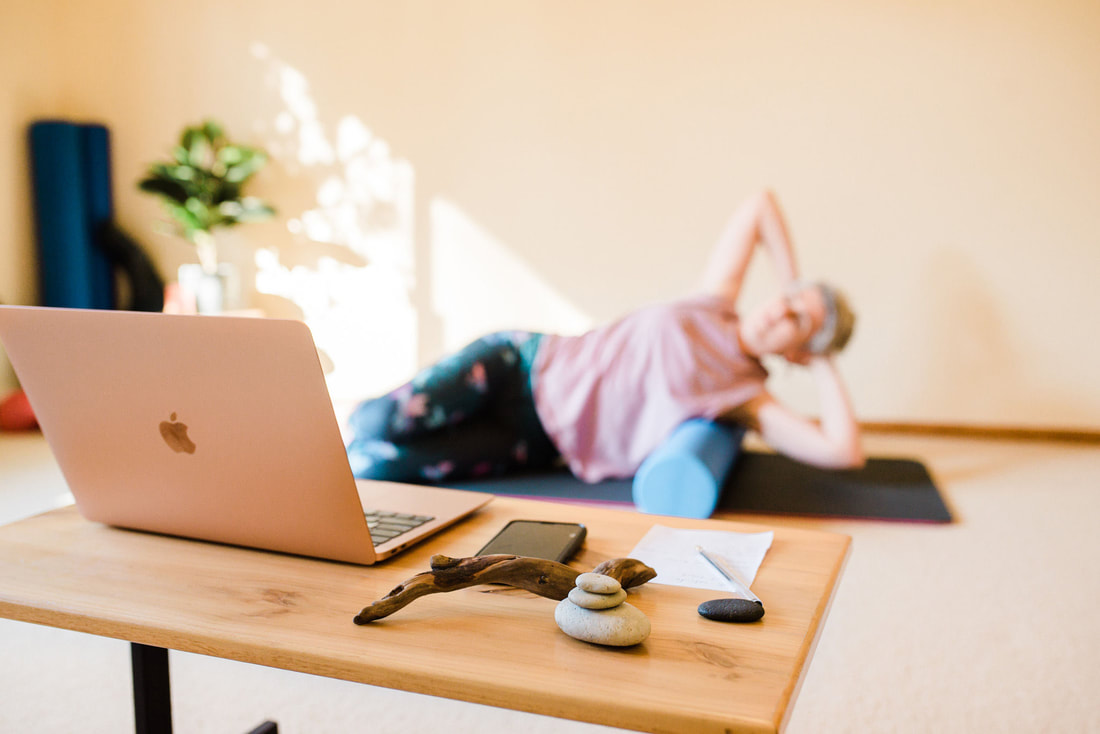
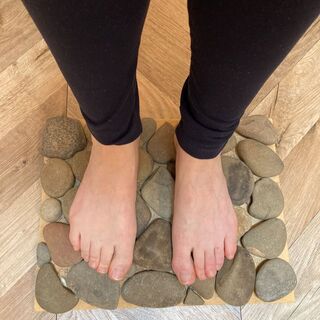
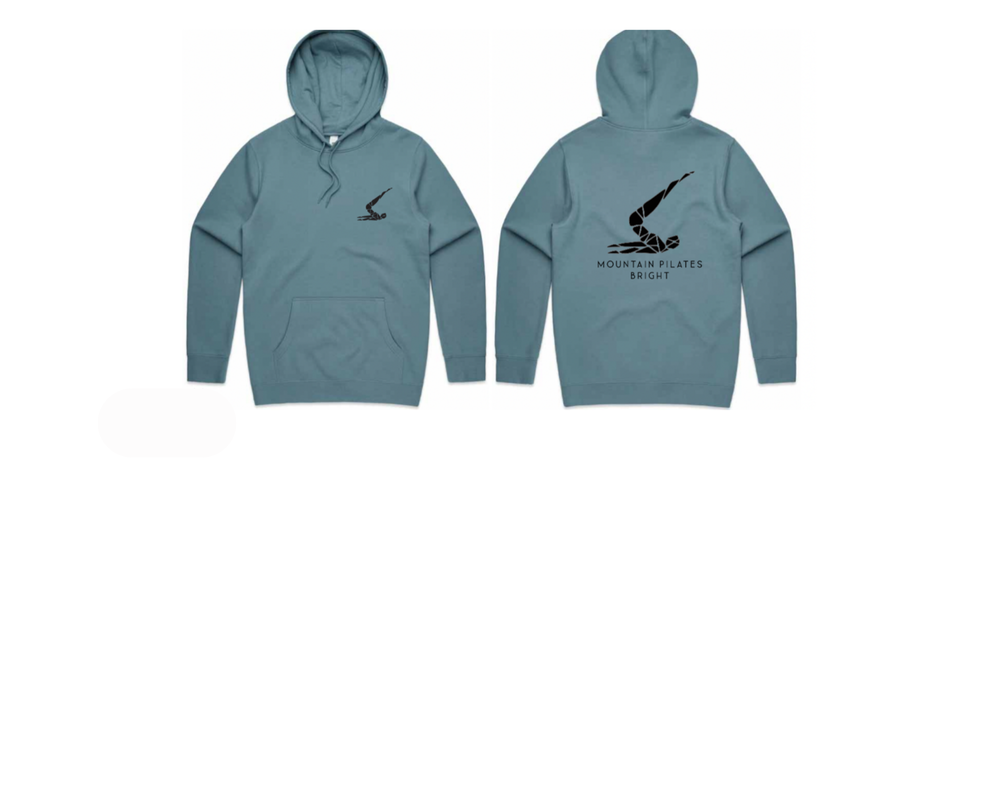

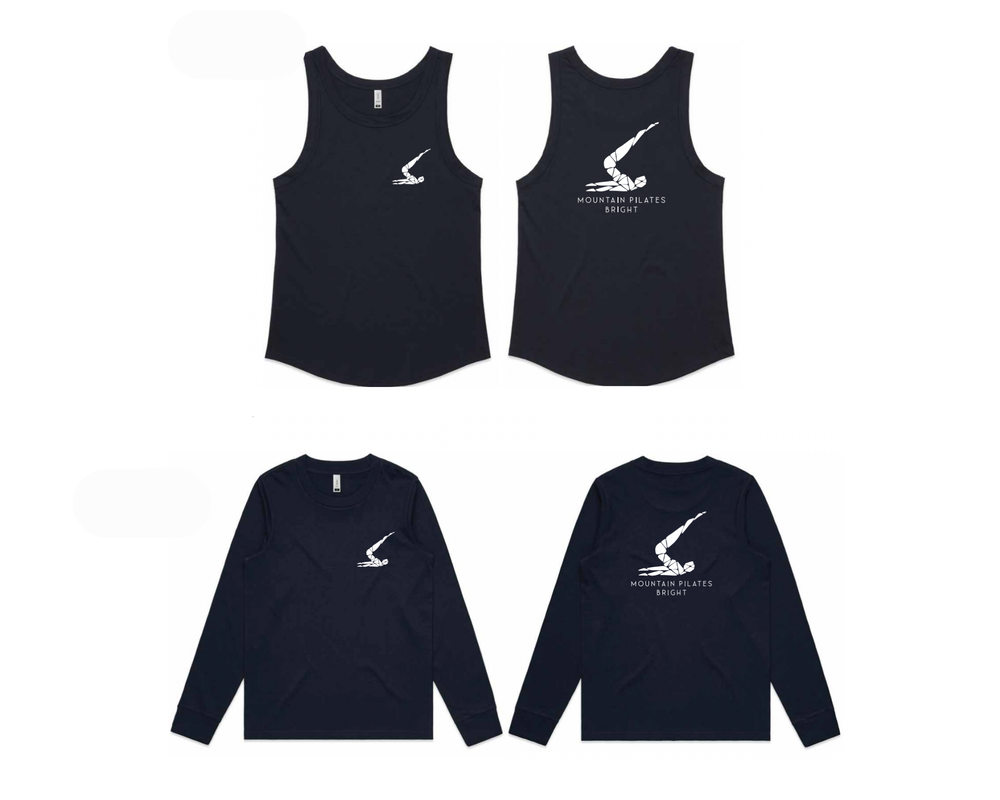

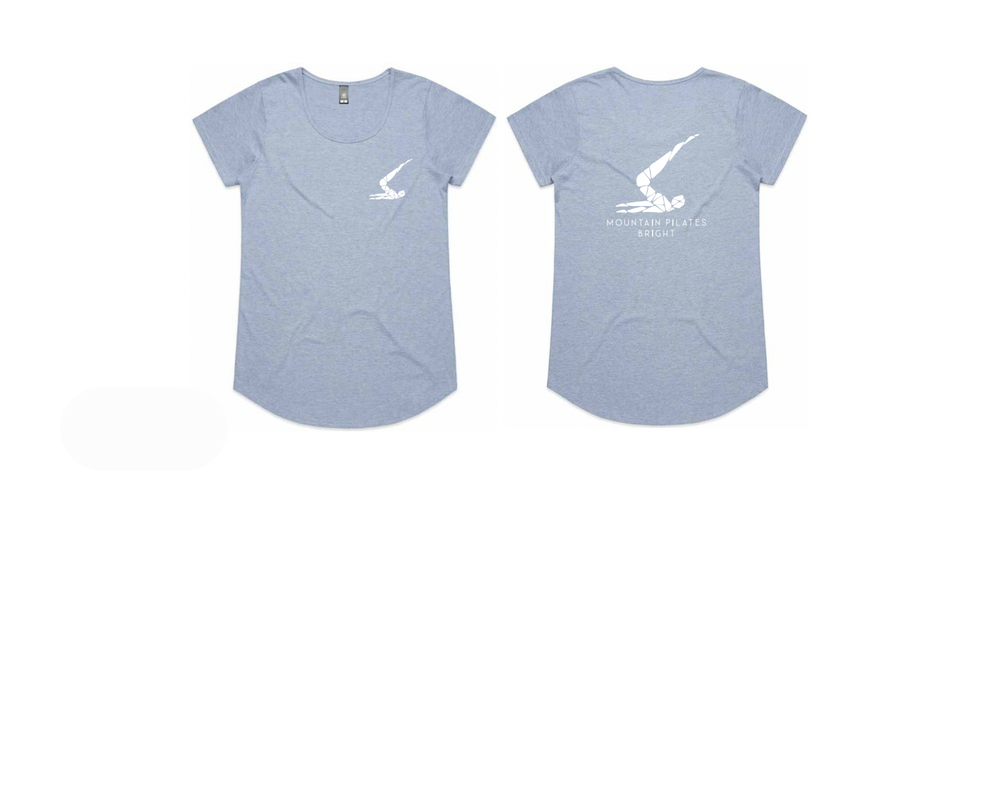
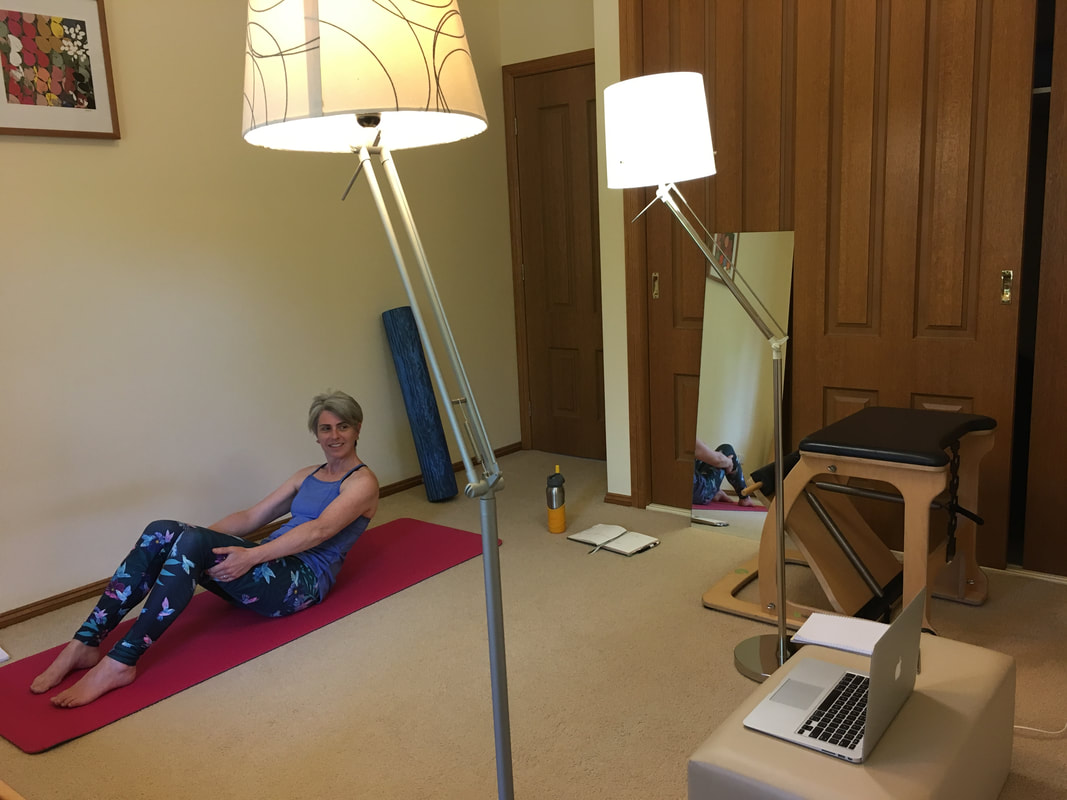
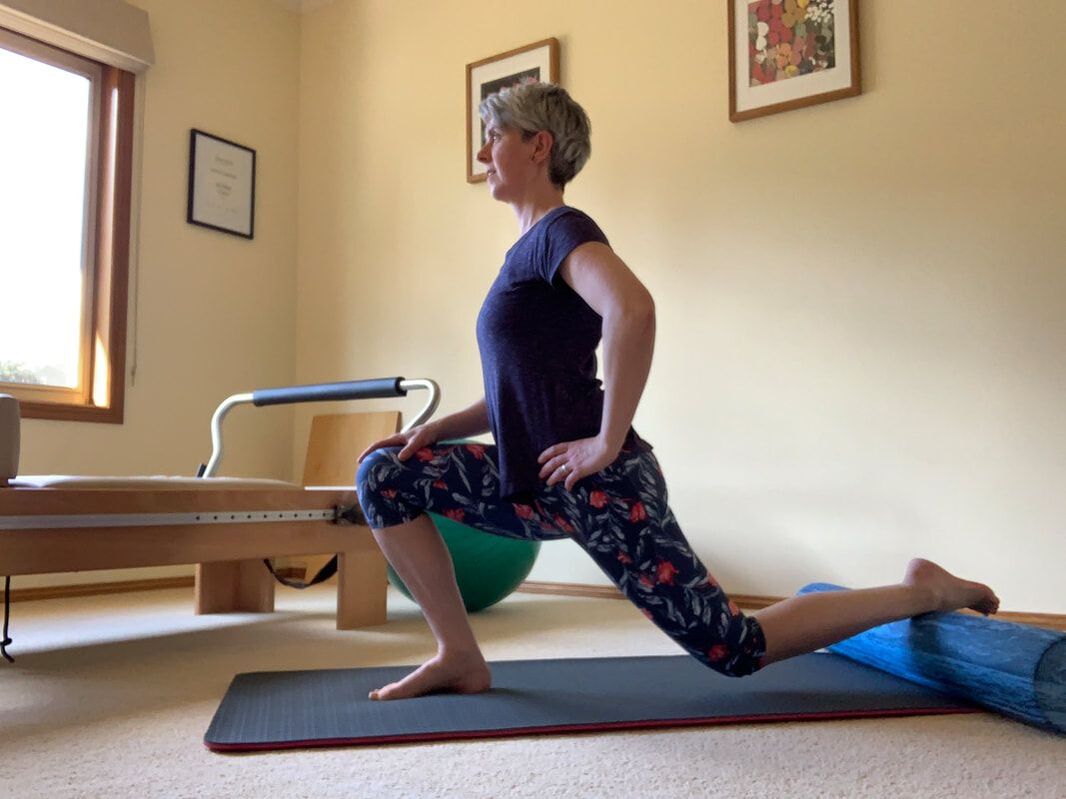
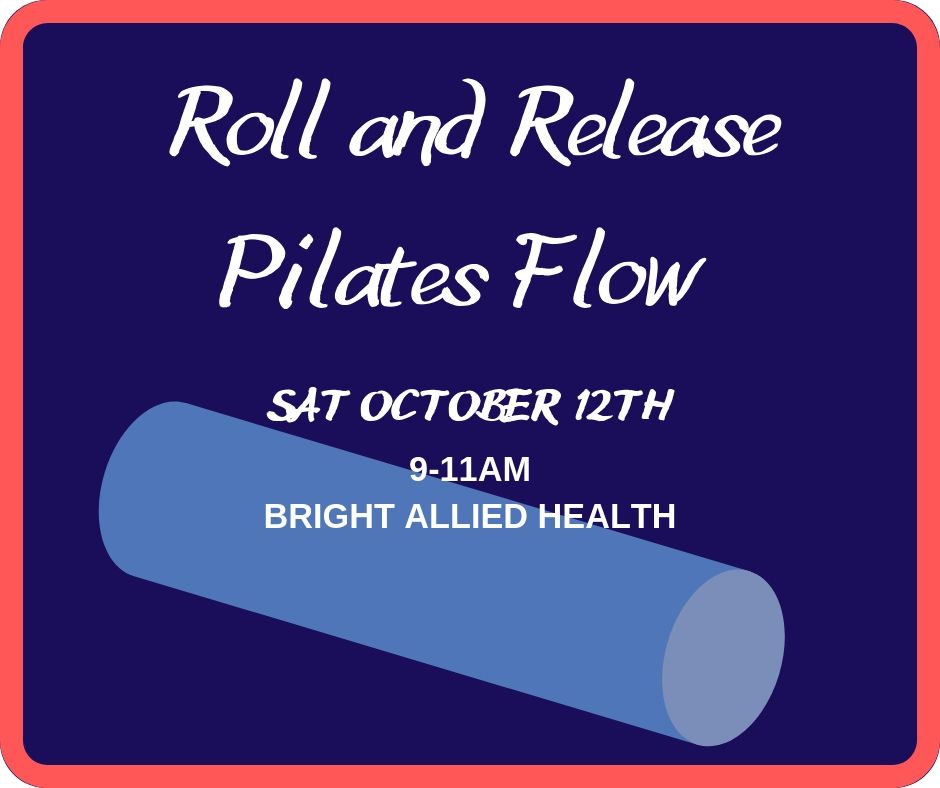
 RSS Feed
RSS Feed